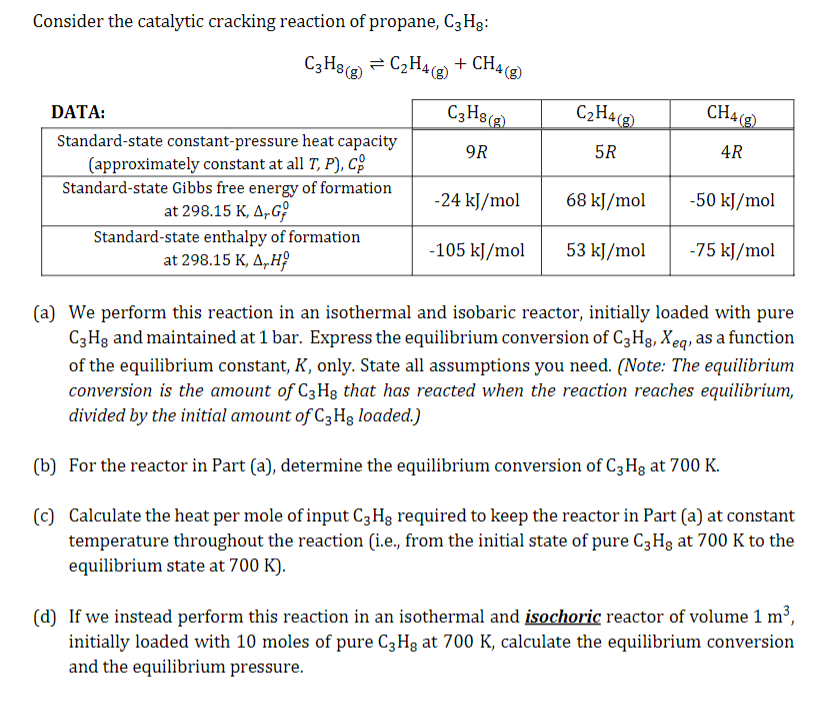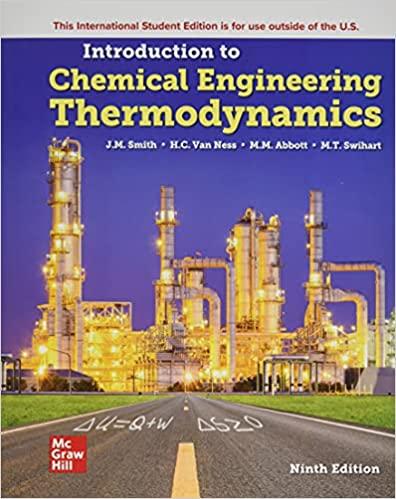Answered step by step
Verified Expert Solution
Question
1 Approved Answer
Consider the catalytic cracking reaction of propane, C3Hg: C3H3(g) = C2H4(g) + CH4 (9) C3H3(g) C2H4@) CH4(E) 9R 5R 4R DATA: Standard-state constant-pressure heat capacity

Step by Step Solution
There are 3 Steps involved in it
Step: 1

Get Instant Access to Expert-Tailored Solutions
See step-by-step solutions with expert insights and AI powered tools for academic success
Step: 2

Step: 3

Ace Your Homework with AI
Get the answers you need in no time with our AI-driven, step-by-step assistance
Get Started


